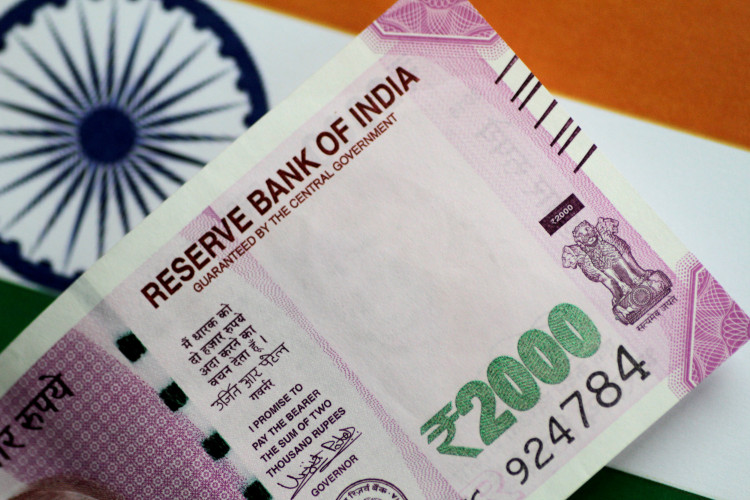Despite the current fluctuation of the rupee, figures recently released revealed that India's economy continues to surge. Based on newly released data, India's economy posted its fastest quarterly growth in the past two years.
In three months prior to June, India's gross domestic product improved by 8.2 percent. This is a monumental increase compared to the 5.5 percent growth posted by the country in the same quarter in 2017. This unprecedented growth reinforces India's image as one of the fastest growing economies not only in the region but in the world.
During the first quarter of this year, India posted an economic growth of 7.7 percent. Many market analysts attributed this massive growth to increase in consumer spending as well as improvements in the manufacturing industry. India's economy is currently valued at $2.6 trillion.
Despite this increasingly positive tone of India's economy, the same cannot be said to the country's currency. The Indian rupee recently posted its worst performance against the dollar in the last three years.
Based on figures released to the public, the Indian rupee fell by as much as 3.6 percent in August alone. This stands to be the biggest drop of the rupee since August 2015 and the currency's fifth straight month of decline.
Many market analysts attributed the drop of the rupee to the ongoing trade war between the United States and China. This is also true to other currencies, especially in the Asian market. The decline of the rupee stems from various concerns about the U.S. once again imposing a new set of tariffs against Chinese products.
Since the start of the year, the rupee has lost 10 percent in value. This is due to many foreign investors selling the currency over concerns about the country's growing trade deficits. Additionally, there are also growing concerns regarding inflation especially on commodity prices and the uncontrollable price of oil.
Moody's, a credit rating agency, has repeatedly warned about the pressure being brought upon by rising oil prices as well as interest rates on government finances. During its past two meetings, the Reserve Bank of India agreed to raise its benchmark rate by as much as 50 basis points. This raised its basis points to 6.5 percent and was imposed in order to control inflation.
The Reserve Bank of India is set to unveil its next policy on Oct. 5.






